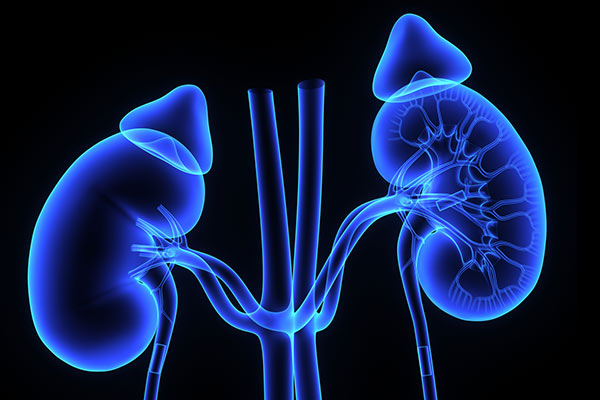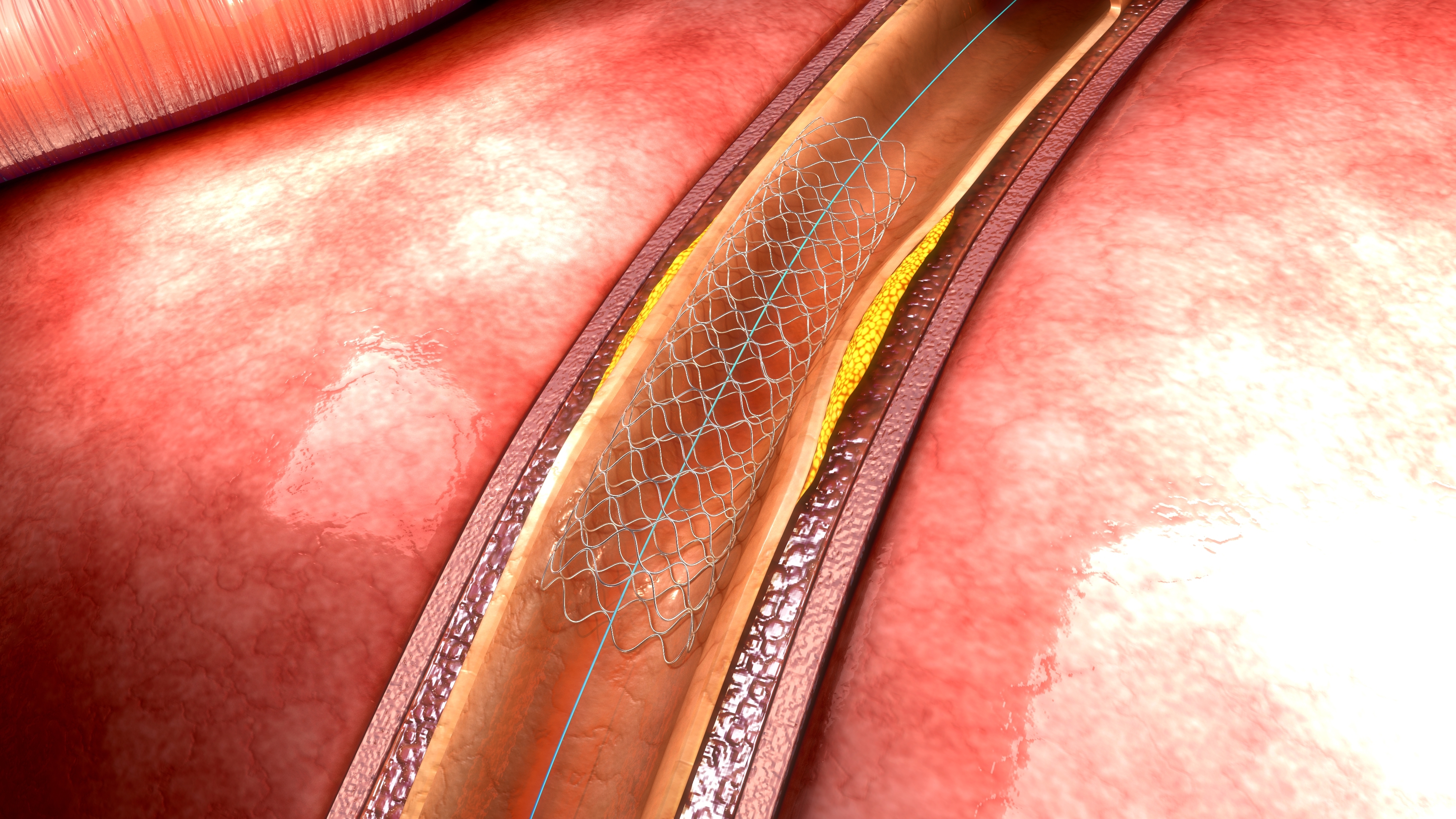Key Points:
- The use of ECLS has increased substantially over the past decade despite stagnant, high mortality in cardiogenic shock.
- This multicenter randomized trial compared ECLS with control in patients with acute MI-related cardiogenic shock. The primary endpoint was 30-day all-cause mortality.
- There were no differences in the primary endpoint of all-cause mortality between ECLS and placebo; however, ECLS resulted in higher rates of moderate-to-severe bleeding and peripheral ischemia requiring intervention.
Cardiogenic shock mortality has remained stagnant in recent years, but utilization of VA-ECMO and other forms of extracorporeal life support (ECLS) has increased rapidly over the last decade. While ECMO remains an important salvage therapy in critically ill patients, it is currently unclear whether it should be utilized up-front in acute-MI-related cardiogenic shock. In a breaking presentation at the 2023 ESC Congress today, Dr. Holger Thiele and his team presented “Extracorporeal life support for acute myocardial infarction complicated by cardiogenic shock,” or the ECLS-SHOCK study. These results were also simultaneously published in NEJM.
The ECLS-SHOCK study (NCT03637205) was a randomized, multicenter trial of patients with acute MI and cardiogenic shock with planned revascularization who were assigned to either ECLS or usual medical therapy (control group). Participants were required to have cardiogenic shock complicating an acute MI with the addition of a) planned revascularization, b) sBP <90mm Hg or catecholamines required to maintain a sBP>90mm Hg, c) signs of impaired organ perfusion, and d) arterial lactate > 3mmol/L. Key exclusion criteria were resuscitation lasting >45 minutes, onset of shock >12 hours ago, a mechanical cause of shock, severe PAD precluding cannulation, and severe concomitant disease with a limited life expectancy < 6 months. The primary endpoint was 30-day all-cause mortality.
A total of 420 patients were 1:1 randomized to either ECLS or control, and 417 were included in the final analysis. The mean age was 62, and 19% were women. The mean blood pressure was 71mm Hg, and 66% of patients presented with a STEMI. 78% were resuscitated prior to randomization. The median LVEF was 30%, and the mean lactate at randomization was 6.8mmol/L. There were no differences in the primary endpoint of all-cause mortality at 30 days between ECLS and control groups, with a 47.8% vs 49% mortality rate respectively (RR 0.98, 95% CI 0.80-1.19, p=0.81). The median duration of mechanical ventilation was 7 days (IQR 4-12) in the ECLS group and 5 days (interquartile range, 3 to 9) in the control group (median difference, 1 day; 95% CI, 0 to 2). There were also no significant differences in arterial lactate over 48 hours or renal function over a week (all p>0.05). There was an increased incidence of moderate/severe bleeding in the ECLS group (RR 2.44, 95% CI 1.50-3.95) and peripheral ischemic vascular complications requiring intervention (RR 2.86, 95% CI 1.31-6.25).
When discussing the clinical implications of the study with Cardiology Now News, Dr. Thiele stated: “From what I see internationally, we insert these devices [MCS] too often…the old belief that putting in a machine which is able to provide some hemodynamic support is maybe too simplistic…in the future, we should address inflammation, which these patients have at high rates…I personally believe we have to rethink what we are currently doing with these patients in cardiogenic shock.”




